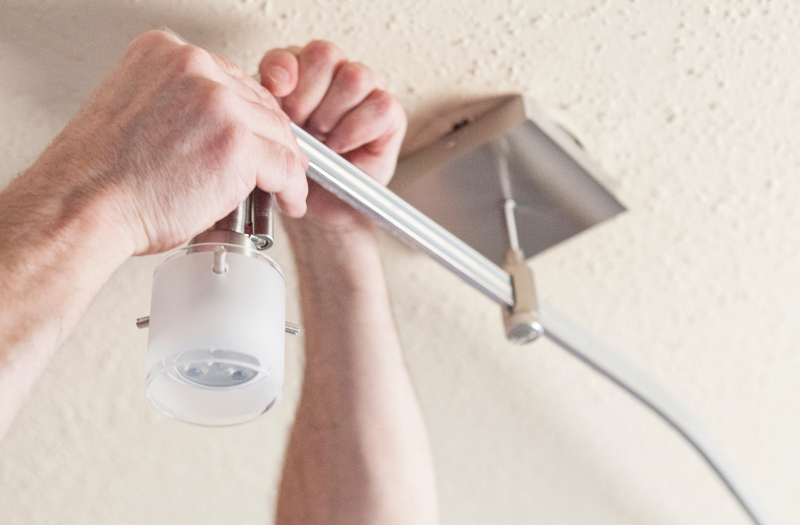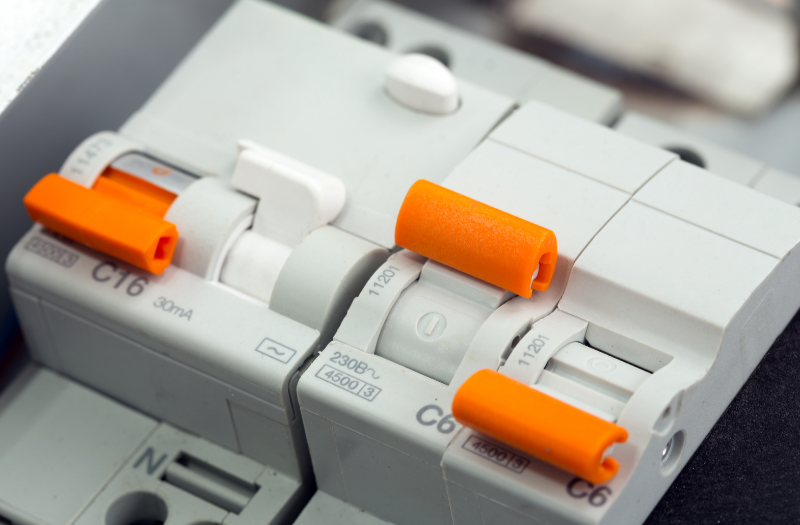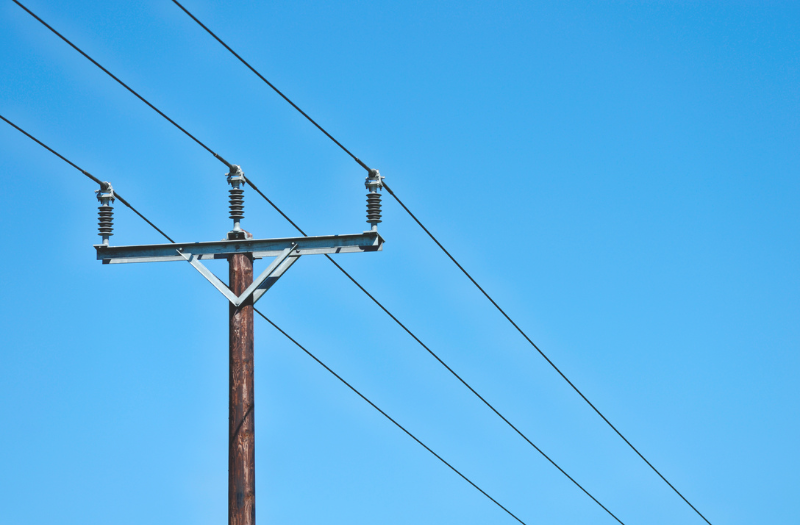The Difference Between Level 1 and Level 2 Electricians
When it comes to electrical work, understanding the difference between Level 1 and Level 2 electricians will help you choose the right professional for your project. Each level of certification reflects a specific skill set and scope of work, this article will break that down further.
What is a Level 1 Electrician?
A Level 1 electrician is a certified tradesperson qualified to carry out general electrical work in residential and commercial environments. Their focus is primarily on internal electrical fittings and appliances. They’re skilled and qualified in everyday electrical tasks, playing a vital role in maintaining safe and functional systems, but they do not hold the certification required for more complex, higher-risk work as a Level 2 Electrician does.
Key Responsibilities
Level 1 electricians specialise in a wide range of electrical tasks, common duties include:
Electrical Installations
Installing wiring, lighting systems, power points, and appliances in residential and commercial properties.
Repairs and Maintenance
Performing repairs and maintenance on electrical systems and appliances to ensure safe and reliable operation.
Troubleshooting Electrical Issues
Diagnosing and resolving electrical faults in wiring, lighting and appliances
Electrical Safety Inspections
Conducting safety checks to ensure compliance with local electrical codes and regulations.

When to Call a Level 1 Electrician?
Level 1 electricians are the ones to call for any routine or internal electrical work, but what does that look like? Here are a few real-life examples when you might need a Level 1 electrician.
Home Renovations
Installing new lighting, power outlets, or internal wiring during kitchen or bathroom remodels.
Routine Maintenance
Fixing flickering lights, faulty switches, or non-functional appliances.
Upgrades & Installations
Adding ceiling fans, smart home systems, or upgrading existing electrical fittings.

What is a Level 2 Electrician?
A Level 2 electrician is licensed to perform more complex and high-risk electrical work in both residential and commercial environments, including direct interaction with the electrical distribution network. Whilst also skilled and qualified in everyday electrical tasks, like a Level 1 electrician, they hold higher qualifications and are essential for more advanced electrical work and network operations.
Key Responsibilities
Level 2 electricians focus on a more specialised range of electrical tasks, common duties include;
Grid Connections and Disconnections
Connecting and disconnecting properties to the electrical grid, including working on overhead and underground service lines.
Line Installation and Repair
Installing, maintaining and repairing electrical lines that connect properties to the main electrical distribution network.
High-Voltage Electrical Work
Handling high-voltage electrical systems, such as those found in the primary supply network or electrical substations.
Metering and Distribution
Installing and maintaining electrical meters and ensuring proper distribution of electricity to properties.

When to Call a Level 2 Electrician?
Level 2 electricians are the ones to call for any jobs that involve the electrical supply infrastructure or high-voltage, but what does that look like? Here are a few real-life examples when you might need a Level 2 electrician.
New Property Connections
Connecting a new building or property to the electricity grid.
Meter Box Work
Installing, upgrading, repairing or relocating your electricity meter or main switchboard.
Underground & Overhead Work
Handling service lines, both overhead and underground, that bring electricity to your property.
Disconnection for Demolition or Safety
Safely disconnecting a building from the grid before major construction or demolition.
Choosing the Right Electrician for the Job
Understanding the differences between Level 1 & Level 2 electricians ensures you choose the right professional for your electrical needs, whether a simple installation or grid connections. For peace of mind and quality workmanship, it’s best to work with a company that offers both levels of expertise.
Done Right Electrical offers fully certified Level 1 and Level 2 electricians, ensuring that every job, big or small, is completed safely, efficiently and to the highest standard. So even if you’re not sure what your project requires, get in touch with expert electricians to have a chat and get it done right.